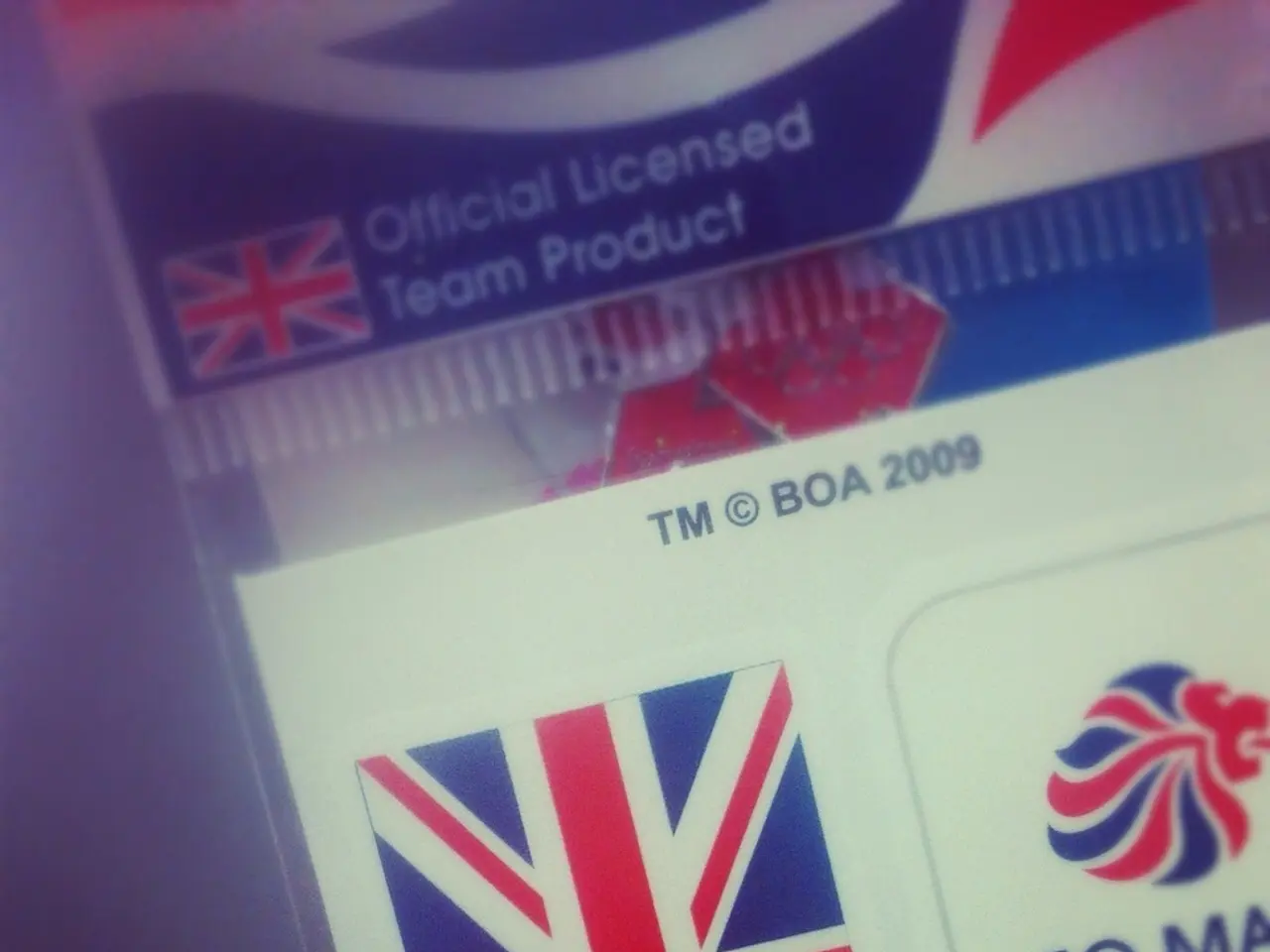Summary of Disinfectants and Disinfection By-products (DBPs) in Drinking Water (DBP2)
In July 2025, Bailey Smith delivered a presentation titled "DBP2: Overview of the Disinfectants and Disinfection Byproducts (DBPRs) for Drinking Water" at the Wyoming Association of Rural Water Systems (WARWS) mini conference. The presentation, a PDF file approximately 2.77 MB in size, focused on the safety and effectiveness of Disinfectants and Disinfection Byproducts (DBPRs) in drinking water.
The presentation began with an introduction to common disinfectants used in drinking water, such as chlorine, chloramines, ozone, and chlorine dioxide. It highlighted the importance of disinfection in controlling pathogens and ensuring safe drinking water.
The presentation then moved on to discuss the types of Disinfection Byproducts (DBPs) that form when disinfectants react with natural organic matter in water. Common DBPs include trihalomethanes (THMs), haloacetic acids (HAAs), bromate, and chlorite.
Potential health risks associated with exposure to DBPs, such as cancer risk and reproductive effects, were also addressed. Regulatory limits set by agencies like the EPA, such as the Stage 1 and Stage 2 Disinfectants and Disinfection Byproducts Rules, were highlighted.
The presentation then delved into methods for sampling and analyzing DBPs in water supplies, as well as the frequency and protocols for compliance monitoring.
Strategies to minimize DBP formation were also discussed, including optimizing disinfectant dosage and contact time, removing precursor organic material before disinfection, and using alternative disinfectants or combined disinfection methods.
The presentation concluded with case studies or local examples of specific challenges faced by rural water systems in Wyoming or similar areas, and solutions implemented for DBP control in small or rural utilities.
Future considerations and research were also touched upon, including emerging disinfectants and DBPs of concern, advances in treatment technology, and regulatory trends.
For those interested in the precise details of Bailey Smith’s presentation, it is recommended to contact the WARWS organizers or check if conference materials or summaries are available through their official channels.
The presentation further explained the role of science in understanding the formation of Disinfection Byproducts (DBPs) like trihalomethanes (THMs) and haloacetic acids (HAAs) during the treatment of drinking water.
Emphasizing the significance of health-and-wellness, it outlined potential risks from exposure to these DBPs, such as cancer and reproductive effects, and the importance of adhering to regulatory limits set by agencies like the EPA.




